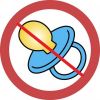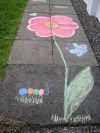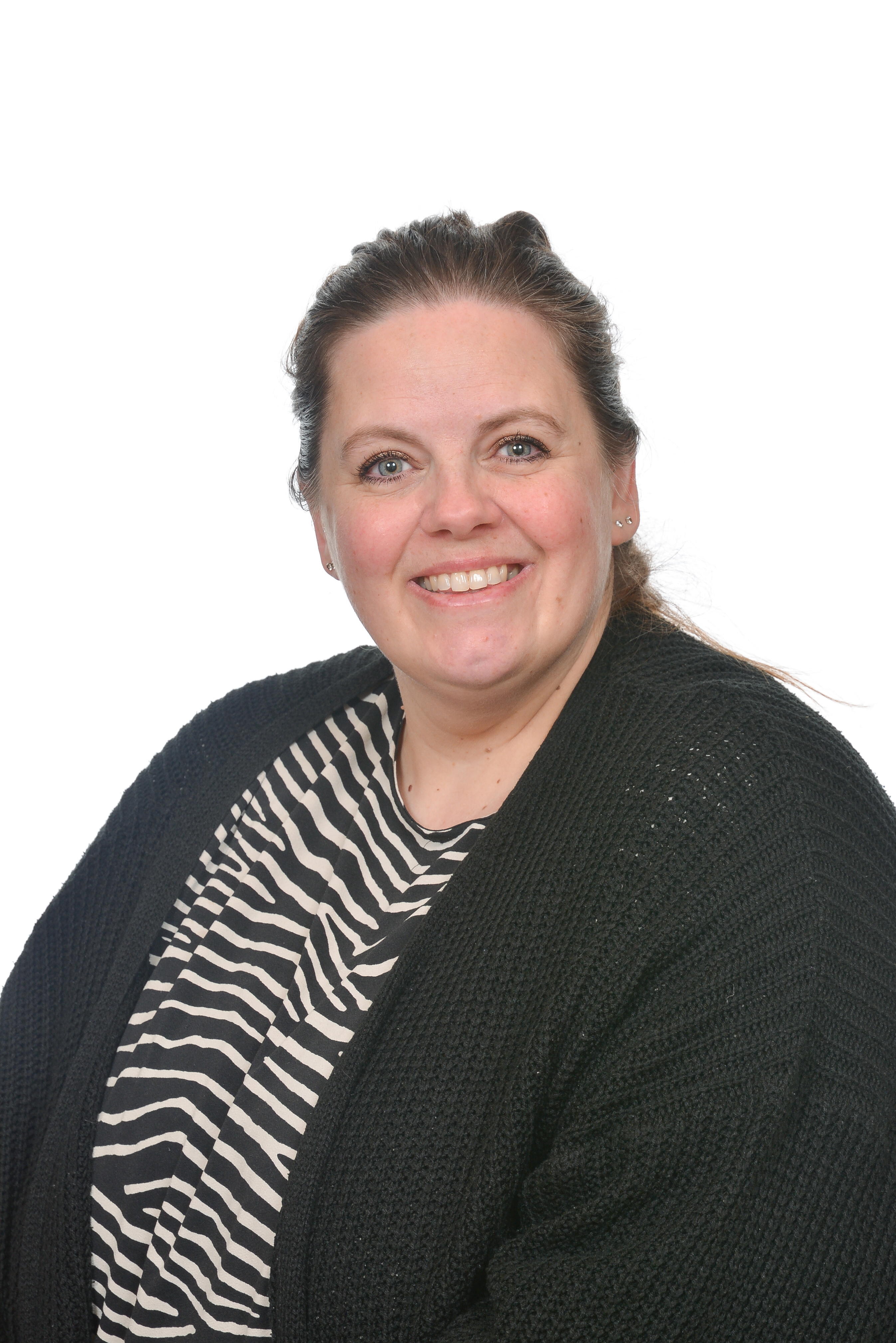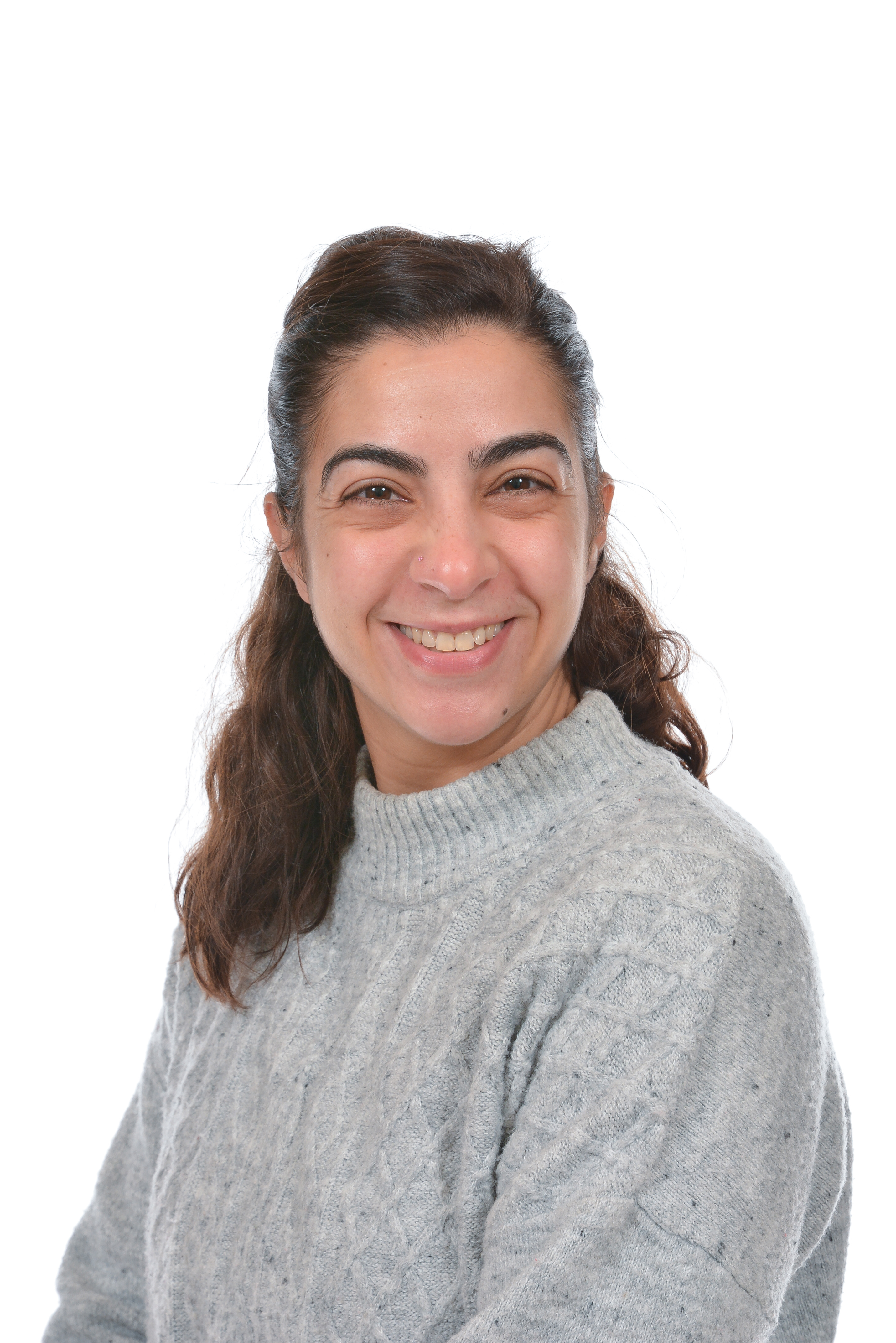Nursery
Introduction
Please open the following letter from your teacher for the 2023-2024 academic year:
Welcome to Nursery
The attached PowerPoint will give you further information about the year group:
Some helpful documents…
- Readiness for school project LEAFLET 2019
- Readiness for school language project LEAFLET 2019
- Readiness for school maths project LEAFLET 2019
- Top Tips SRP
Teachers & LSAs

Mrs Newland
Learning Support Assistant
What are we learning?-
Please click on the link below to see what we will be learning this term
- Nursery Curriculum News Summer 2 2023
- Nursery Curriculum News Autumn 1 2023
- Nursery Curriculum News Autumn 2 2023
- Nursery Curriculum Newsletter Spring 1 2024
- Nursery Curriculum Newsletter Spring 2 2024
- Nursery Curriculum Newsletter Summer 1 2024
We follow ‘The Early Years Foundation StageProfile’ in Nursery. The link below shows a simplistic view of what this means and what we carry out in order for our children to advance and accomplish their full potential. Your child will mostly be taught through games and play.
The areas of learning are:
- communication and language
- physical development
- personal, social and emotional development
- literacy
- mathematics
- understanding the world
- expressive arts and design
What is the Early Years Foundation Stage?
You can view our curriculum newsletter by clicking on the link below.
Please see other links below for more information:
If the Nursery is closed, due to severe weather. Please click on the link below to see some activities you could do to pass the time and enrich learning with your child.

How can you help?-
What are my child’s needs?
Children come into nursery with a wide variety of different experiences. Some have been at nurseries before, whilst for others it it the first time they have ever left their main carer. Therefore, we do not have rigid expectations of children and instead, assess where they are and work from there. The Early Years Outcomes guide shows typical behaviours of children at different age levels. You may find it interesting to have a look at the things children can ‘typically’ do at different ages, and perhaps use this as a basis for what you would like to help your child do next.
Encouraging your child’s speaking
Good speaking skills enable your child to communicate their needs and wants; explore their ideas with others and create friendships with their peers. Speech develops rapidly during the early years, so it is important that as adults we encourage good speech habits. Here are some ways you can help:
-
Insist on your child “using their words”. It is natural for young children to show you what they want by pointing, but by making a stand and saying “What do you want? Use your words” your child will have to practise their speaking.
- All but one. Purposefully give your child everything they need for a task but one thing (e.g. their socks and one shoe, or their knife but no fork). This will mean that they have to use their voice to describe what they need. They will also find it funny that you’re trying to trick them.

- Play dumb. Even though you can usually guess what your child wants even if they only use one word, pretend that you don’t in order to encourage your child to use a full sentence. For example, if your child hands you their coat and says “coat”, say “thanks” and pretend to put it on yourself, until they say “No! Help me put my coat on please”. This is quite a funny game too!
-
Sing nursery rhymes and songs. When singing, children practise making different sounds and using rhythm, which both promote good speech development.
-
Remove the dummy. Dummies can be much needed comforters for babies, but once your child starts to talk they can be very damaging. With a dummy in, children are unable to touch the roof of their mouth with their tongue, so they get into the habit of making sounds like /d/ and /t/ using the back of their throat. This habit of guttural speech can be long-lasting and sometimes needs speech therapy to help fix it.
-
Go for a chatty walk. Walk around your local area with your child, talking all the while about all the different things you see – the lamp posts, the cars, the clouds… Go at your child’s pace and encourage them to take their time exploring things they see. This will help your child to increase their vocabulary and will also broaden their knowledge of their environment.
Learning to get dressed

This is perhaps one of the most important skills your child will develop whilst they are 3 and 4. In Nursery there is a big emphasis on children trying to dress themselves for P.E. as well as putting on their own coats, hats, scarves and gloves. Getting your child to practise getting dressed at home will not only give them the independence they need for school but will also develop their fine motor skills (e.g. fastening zips and buttons) and gross motor skills (e.g. standing on one leg to put trousers on). This is very much a case of practise makes perfect, but here are some hints and tips:
- Don’t throw them in the deep end! Start by ensuring you child has some easy clothes: elasticated waistbands, velcro shoes and underwear with a logo at the front to help them tell the front from the back.
- Focus on one item of clothing at a time. Overloading your child by asking them to do everything unaided straight away can be a bit daunting and may put them off. Try to give them an achievable task and be sure to praise their efforts.
- Break the task down into steps. For example putting on shorts might be: 1. work out the front from back 2. hold the front waistband 3. put the first leg through and touch the floor with your foot 4. put the second leg through 5. pull them up.
- Give your child time. When you see your child struggling, lost inside their jumper, it is tempting to jump straight in. Instead count slowly to 10 before offering help, as this might be just the time they need to work their way out.
Messy Play Ideas
The thought of shaving foam on the sofa or paint on the curtains probably fills you with dread, but messy play is an important part of your child’s learning. Exploring different textures and learning how to manipulate materials is an important part of your child’s artistic development, whilst sensory play also helps your child learn how to use their hands effectively, developing the motor skills needed for eventually learning to write.
It is important that children learn how to keep themselves and the house clean during messy play. An old plastic mattress protector or under-highchair mat are ideal for protecting your carpets and an old adult’s shirt makes a perfect clothes protector for your child. It is also important the your child takes an active part in the clean-up process. It is probably worth collecting some large ice-cream tubs and yoghurt pots to contain your messy creations.
 |
Coloured Water
Add a few drops of food colouring, and perhaps a little glitter, to a bowl of water and tell your child it’s a magic potion. Give them some spoons, yoghurt pots, a funnel and a sieve and watch their imagination run wild! Try giving them several different colours of water and allow them to experiment with mixing the different colours and seeing what happens. Challenge them to guess what colour they are going to make. |
 |
Gloop
Mix 2 parts cornflour with 1 part water to make a really fun gloop. It looks slimy and wet but will go hard when squeezed together then run through your fingers when you let go. Hide some hard beans in the gloop and encourage your child to find them, counting them at the end. |
 |
Chalk
Give your child some chalk and allow them to decorate the patio. Join in and show off your artistic side or use it as an opportunity to show your child how to write some letters from their name or teach them to recognise some numbers. Don’t worry, it will wash away with the rain, and if it doesn’t give your child a sponge and a bucket of water and I’m sure they will have fun cleaning it off! |
 |
Bubbles
Whether you use shop-bought bubble mix or just washing up liquid and water, bubbles are great fun. Encourage your child to count as they pop bubbles or put on some music and dim the lights to have a bubble-disco! Add some food-colouring or paint to a washing up bowl full of water and washing-up liquid and froth up the bubbles until they come up beyond the rim of the bowl. Put some paper against the bubbles to make some bubble prints. Try mixing different colours to achieve different effects. |
 |
Papier Mache
Add 1 part flour to 2 parts water to create a glue-like paste. Rip up bits of paper (most children find this the most fun part!) and dip it into the paste, covering it but not too thick. Then place the paper on whatever you are making. A popular option is covering a balloon, and then cutting it in half and cutting eye-holes to make two masks. Alternatively you could cut out the initial of your child’s name from corrugated cardboard, papier mache and paint it to make a lovely tactile learning resource. Your could even do all the letters of your child’s name and hang them on a coat hanger to make a mobile for their room. |
Internet Websites
There are a wonderful range of websites that can support children’s learning at home, whilst developing their technology skills and having fun. Remember to take photos of your children using the computer, tablet or phone so we can add it to their Learning Journey book or send it to their Tapestry account.
Busy Things Username: home5826 Passwprd: peartree
Some of the songs we sing during our Nursery session are available on You Tube:
Jolly Phonics Song





